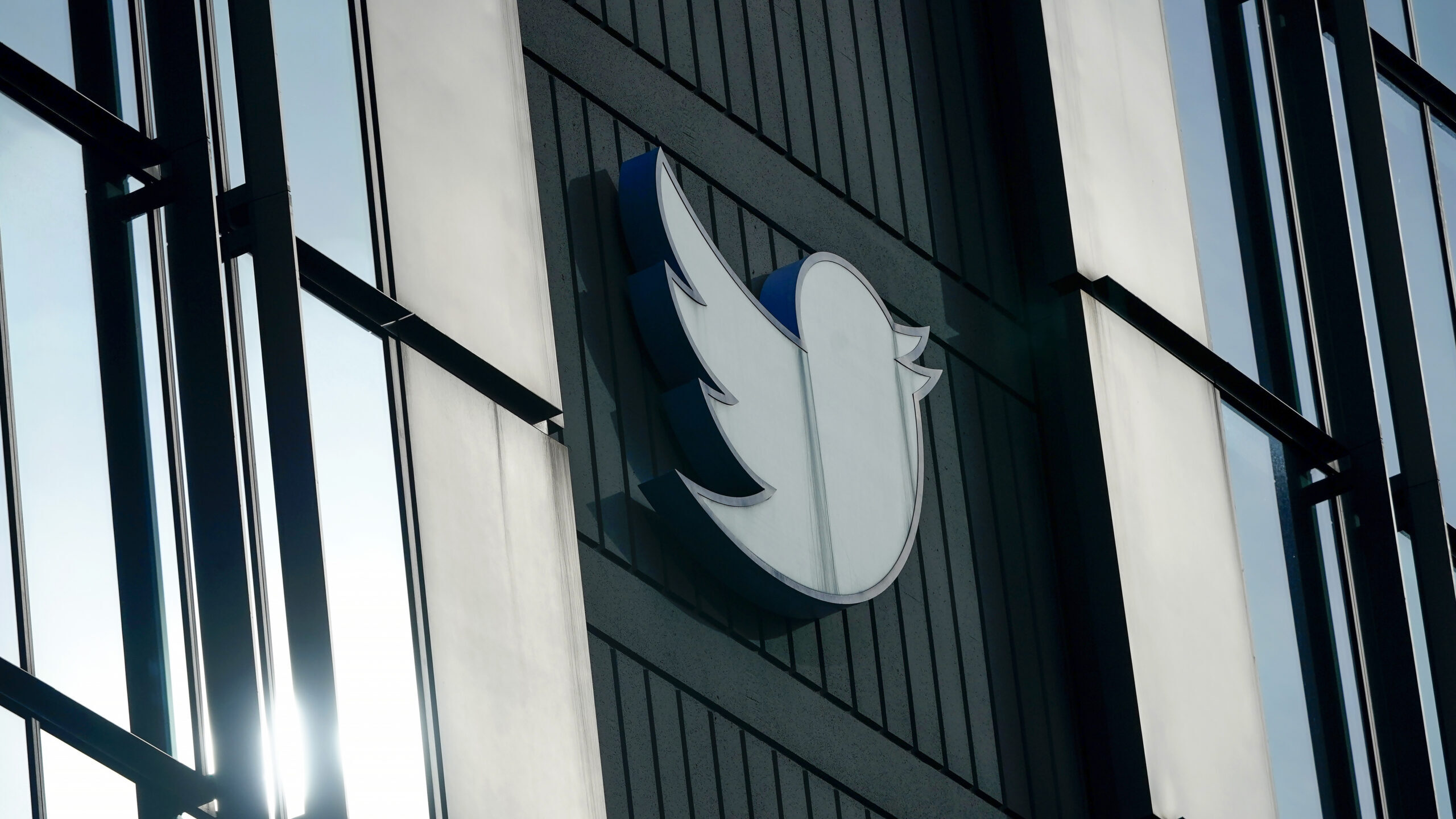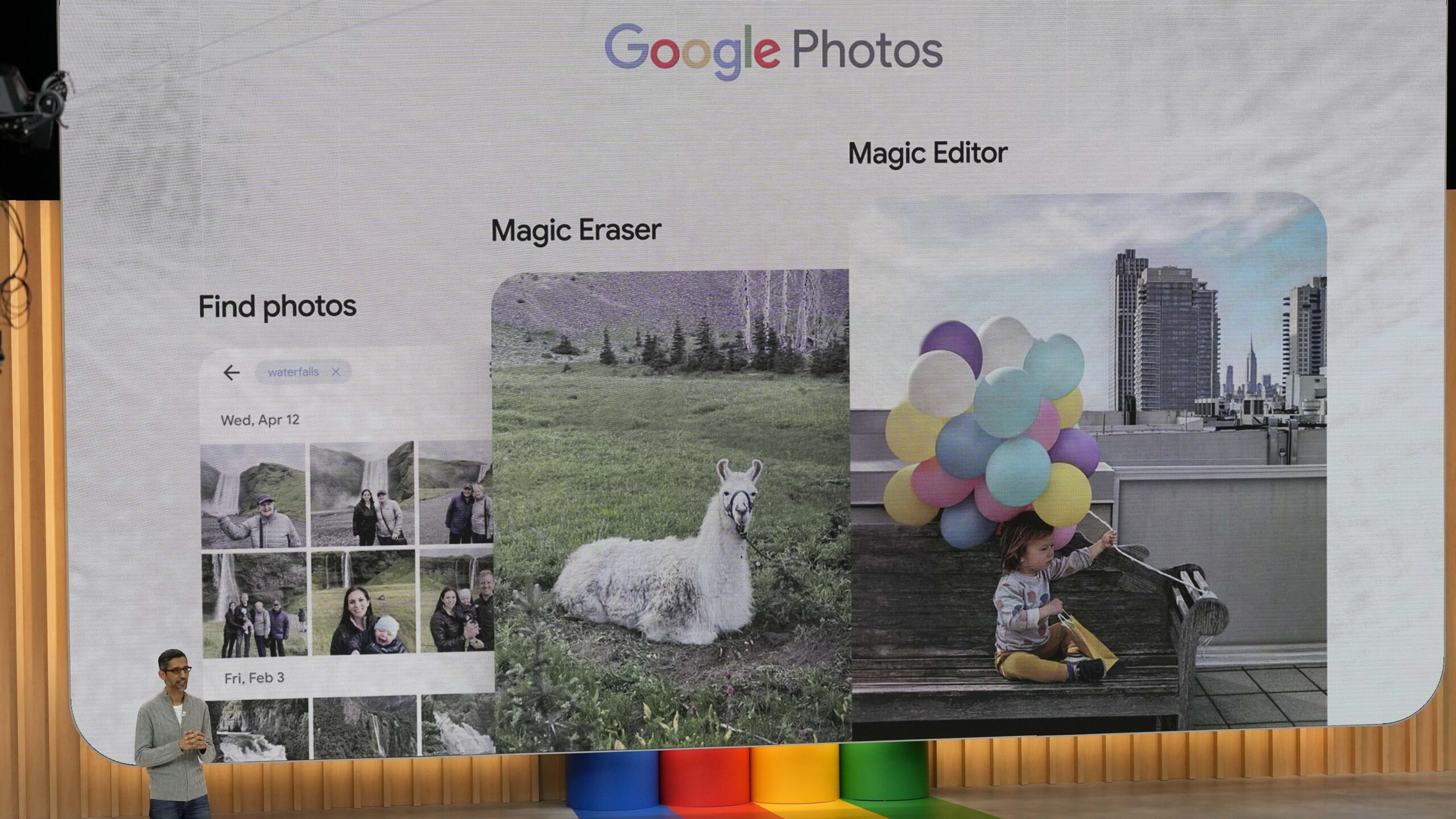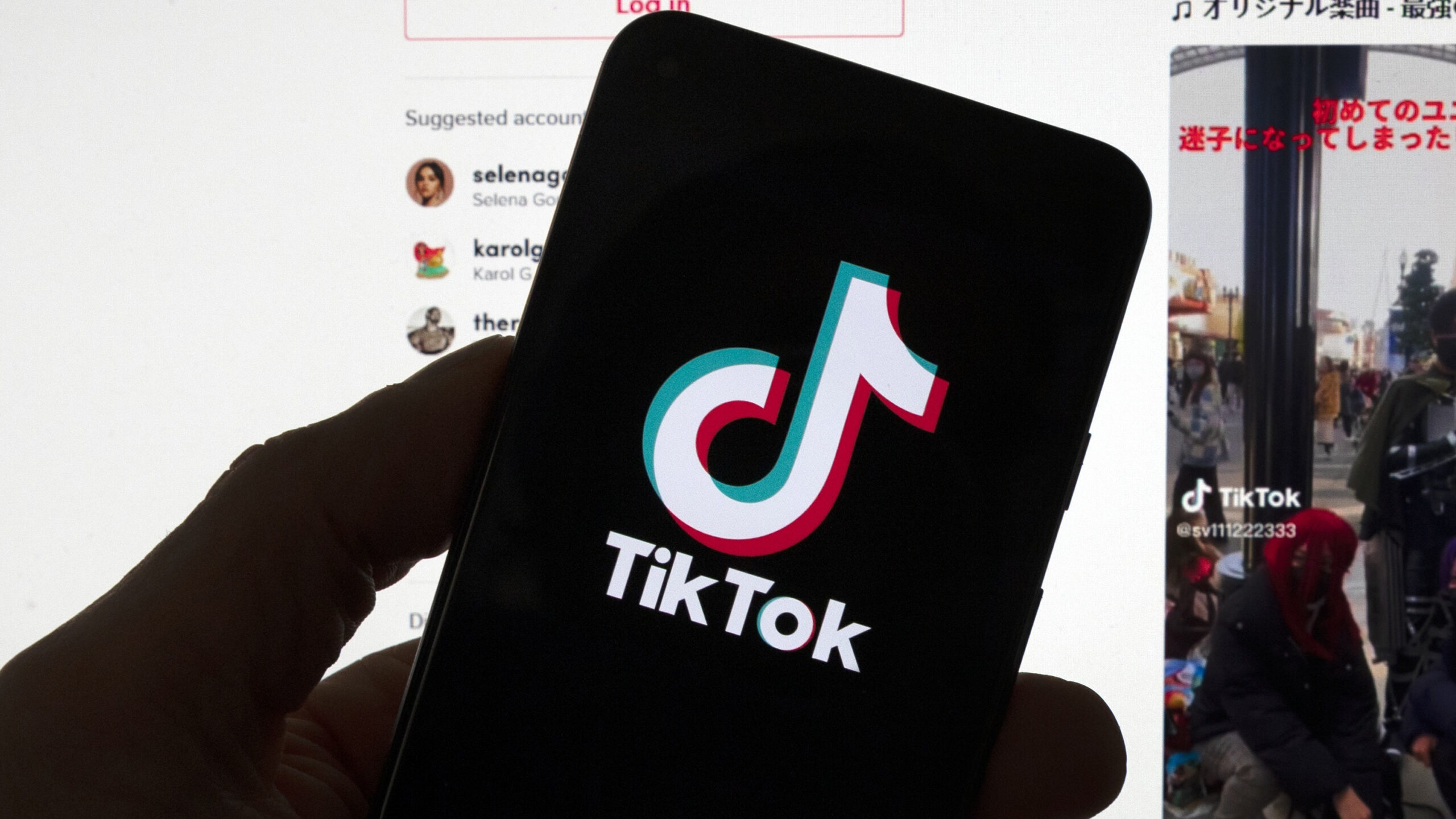SCIENCE + TECHNOLOGY
NASA still planning Artemis I launch despite minor hurricane damage
Nov 15, 2022, 8:30 AM | Updated: 9:55 am

The NASA Space Launch System rocket makes its way from the Vehicle Assembly Building to its launchpad at Kennedy Space Center on Nov. 4. The Artemis I moon rocket is still standing after battling Hurricane Nicole. Photo credit: John Raoux/AP/FILE
(CNN) — The Artemis I mission team will attempt to get the mega moon rocket off the ground again on Wednesday, even though it endured hurricane-force winds and incurred minor damage at the launchpad due to Hurricane Nicole, a NASA official said last week.
The space agency is still targeting a two-hour launch window on Wednesday, November 16, that begins at 1:04 a.m. ET for liftoff of Artemis I. It will mark the inaugural flight of the new Space Launch System rocket and send an uncrewed Orion spacecraft on a test flight around the moon.
“We do have some work to do,” said Jim Free, associate administrator for NASA’s Exploration Systems Development Mission Directorate, during a press conference Friday. He noted that NASA officials likely would not have rolled the SLS rocket and Orion crew capsule back out to the launchpad had they known Nicole would become a Category 1 hurricane that would hit Florida.
Before last week, the SLS rocket and Orion had been stowed away for weeks after issues with fuel leaks thwarted the first two launch attempts, and then Hurricane Ian rolled through Florida in September, forcing the rocket to vacate the launchpad for a third time.
Nicole’s strength was unusual, with the storm becoming the first hurricane to strike the United States in November in nearly 40 years. The space agency had decided to roll out the SLS rocket to the launchpad November 4 while the storm was still an unnamed system brewing off the East Coast.
Nicole left some substantial issues to be addressed, Free said. Some caulking came loose on the Orion spacecraft that ground crews will “snip off,” water leaked into the crew access arm — an aerial runway that astronauts will eventually use to board the Orion capsule — and there was a rip in the rain cover that protected one of the SLS rocket’s engines, Free said. Repairs are also needed on an electrical connector.
Free noted that NASA will attempt to power up the rocket Friday before moving into routine testing on Sunday, and, if all goes well, “there’s nothing preventing us from getting” to the November 16 liftoff.
Gusty wind conditions
Leading up to Nicole’s landfall, wind gusts and potential debris were concerns for the Artemis I mission team. The rocket is designed to withstand 85 mile-per-hour (74.4-knot) winds with some margin, NASA officials noted in a Tuesday statement.
“While wind sensors at the launch pad detected peak wind gusts up to 82 miles per hour (71 knots) at the 60-foot level, this is within the rocket’s capability. We anticipate clearing the vehicle for those conditions shortly,” Free said.
But Thursday evening, a NASA spokesperson confirmed to CNN that sensors at the 467-foot (142-meter) level of the lightning towers indicated the wind peak reached up to 100 miles per hour (87 knots) at that location.
At 5:15 a.m. ET Thursday, sensors on one of the lightning towers surrounding the rocket also clocked wind speeds of 75 miles per hour (65 knots), with gusts as high as 100 miles per hour. Data from some of the sensors, which are owned by NASA and the US Space Force, is available on the National Weather Service’s website.
That website says the sensor producing that data is 7 feet (2 meters) off the ground. However, a meteorologist in the National Weather Service’s Melbourne, Florida, forecast office told CNN that is inaccurate. The actual height of the sensor is 230 feet (70 meters), which should provide accurate readings for the types of winds the 322-foot-tall (98-meter-tall) rocket endured.
None of NASA’s readings, however, exceeded certification limits, Free said Friday.
“We never saw anything above those limits,” Free said, adding that all the wind readings still left the SLS rocket with plenty of margin to survive the gusts.
At the time officials decided to roll the SLS rocket out to the launchpad, they had been expecting the storm to bring sustained winds of around 29 miles per hour (25 knots), with gusts of up to 46 miles per hour (40 knots).
“The National Hurricane Center just has a 30% chance of it becoming a named storm,” said Mark Burger, a launch weather officer with the US Space Force’s 45th Weather Squadron, at a news conference last week.
But the storm grew into a named system Monday, three days after the rocket was transported to the launchpad.
“With the unexpected change to the forecast, returning to the Vehicle Assembly Building was deemed to be too risky in high winds, and the team decided the launch pad was the safest place for the rocket to weather the storm,” Free said in a Thursday statement.
Free told reporters Friday that officials discussed over the weekend whether to try and roll the rocket back indoors and everyone was in agreement to leave it on the launchpad. Rough winds had already moved into the area, he noted, and attempting to move the rocket at that point posed its own risks.
Transporting the mega moon rocket between the launchpad and the Vehicle Assembly Building is no small feat. It usually takes about three days of preparations before the maneuver can occur, and there are a limited number of rollbacks the mission team can perform. The slow 4-mile (6.4-kilometer) ride aboard an Apollo-era giant NASA crawler takes 10 to 12 hours in favorable conditions. If the rocket had to be rolled back as a storm approached, it could only handle sustained winds less than 46 miles per hour (40 knots).
The overall goal of NASA’s Artemis program is to return humans to the moon for the first time in half a century. And the Artemis I mission — expected to be the first of many — will lay the groundwork, testing the rocket and spacecraft and all their subsystems to ensure they are safe enough for astronauts to fly to the moon and back.













